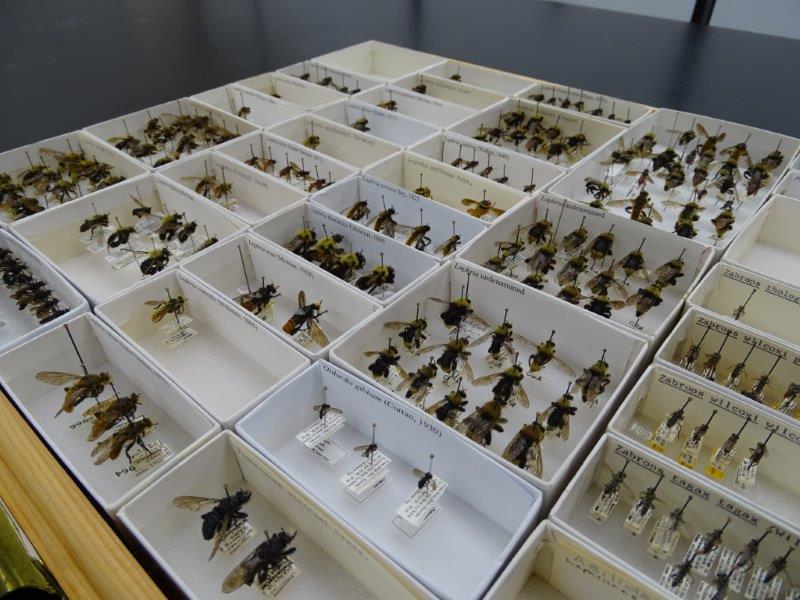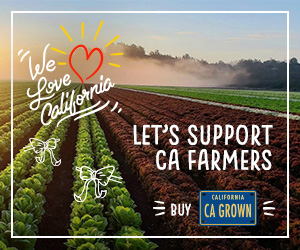By Former USDA Secretary Mike Johanns
The coronavirus pandemic has reminded everyone of just how critical agriculture is to the success of our country.
As the country continues to suffer and aims to reconfigure supply chains to meet changing demands, food workers across the United States continue in overdrive to make sure our citizens have the food they need. We need to start seriously considering what we can do for the agriculture sector to ensure its strength long into the future.
As other sectors of the American economy face collapse, the agriculture industry’s resiliency is on full display. And even though product choice still isn’t at pre-pandemic levels, supermarket shelves continue to replenish — in large part because of the industry’s long fought ability to adapt and innovate.
The American agriculture industry has had to endure many challenges in order to remain competitive on a global scale. One solution American farmers have turned to is the dramatic increase in use of new technologies, or precision agriculture.
EarthSense Inc. developed a product called “TerraSentia,” a self-driving robot that collects and instantaneously delivers in-field plant trait data. TerraSentia comes equipped with “machine vision and machine learning based analytics [that] seamlessly convert field data to specific, actionable information about plant-traits.”
Autonomous equipment fueled by machine learning and Artificial Intelligence programs have also worked to provide farmers with instant data, paired with the advent of DNA sequencing to breed plants for desirable traits which can, for example, create necessary efficiencies and boosts output.
John Deere has an autonomous sprayer with electric motors in development, as well as “See and Spray” products that utilize AI and computer vision to manage decisions about every crop line in a field.
Now, in light of these trying times, many agriculture companies are adapting to address the vital needs of the country. Even slight adjustments are crucial to keeping us moving.
Many small and large farms alike are also switching away from sales to retailers and instead delivering more directly to families – which requires implementing new systems, procedures and trainings.
Meat producers have faced several challenges in the wake of this pandemic, but continue to adjust to stave off shortages. Producers had already started shifting to less restaurant demand by producing cuts geared toward home cooking (ie. from chicken wings to chicken breasts). These shifts will continue to progress with limited cuts and perhaps larger packaged portions.
We’re even seeing alcohol makers like Tito’s Vodka, Kahlua and Absolut pivoting their distilleries to produce hand sanitizer which is a sorely needed commodity right now. This has required transforming facilities, procuring custom equipment and components and testing formulas.
We need to do more to support the companies that are doing everything they can to prop us up. These innovations and adaptations need to be rewarded.
So, What Would Help the Agriculture Industry Now?
Some food businesses have received funds from PPP and EIDL to stay afloat right now, but there are other existing incentives to tap into. And if we’re looking at finding all available incentives right now for survival or longer-term innovation, we need to ensure agricultural businesses have the requisite capital.
Even before this crisis hit, a panelist at the 2020 AgTech Innovation Summit pointed at cost as the biggest hurdle in moving the industry forward. And according to a November 2019 report by TIME Magazine, farm debt – at more than $400b – has been at an all-time high with more than half of all farmers losing money every year.
This need for capital is what Congress intended to address when it enacted tax incentives such as the Research and Development Tax Credit (R&D Credit) to spur innovation and this has proven to be effective.
The R&D Credit was enacted, originally in response to foreign competition in the auto industry in the ‘80’s, to encourage U.S. businesses to innovate, keep technical talent in the states and help our country’s economy thrive and remain a worldwide powerhouse. The idea was to reward these companies for the time and resources exerted to help push their industry forward through innovations and adaptations.
Congress recognizing the power of the credit, has greatly expanded it over the years through judicial activity and legislative changes, specifically to increase the number of industries and activities that can qualify for the credit. It would, therefore, not be a radical idea for Congress to reprogram the credit even further to help the agriculture sector right now.
As it stands, those in the agriculture industry can already claim the R&D Credit for any number of activities or efforts. These include implementing the automation wonders like TerraSentia but can also include something as simple as experimenting with different feed formulas, fertilizers or new irrigation systems.
What Can We Ask Washington to Do?
We need to push for ‘adapting in times of crisis’ to qualifying R&D activities. If the intent of the credit is to keep innovation here in America, then what companies like Tito’s and the small local farmers are doing to save our country during this pandemic should qualify.
As our policymakers continue to grapple with how to stimulate the economy, they should take a hard look at the R&D Credit as a tool to reward what agriculture is doing to keep us fed and protected.
In doing so, they could reduce our dependence on foreign produced foods, keep jobs in America, and ensure the long-term viability of agriculture as critical to our infrastructure.
Mike Johanns was the U.S. Secretary of Agriculture from 2005-2007 as well as the Governor of Nebraska from 1999-2005 and the state’s U.S. Senator from 2009-2015.
Link to article on Agri-Pulse web site.





